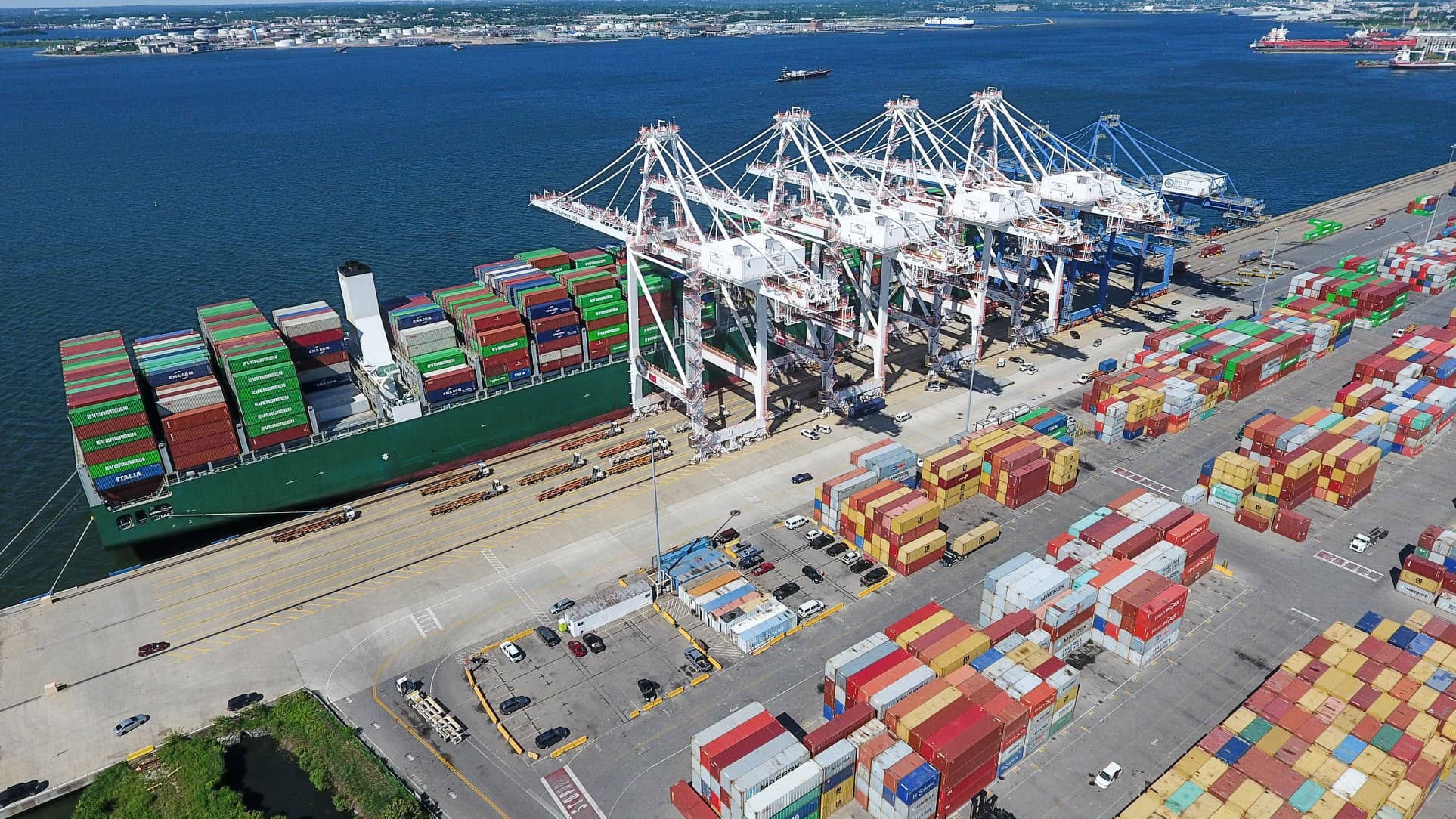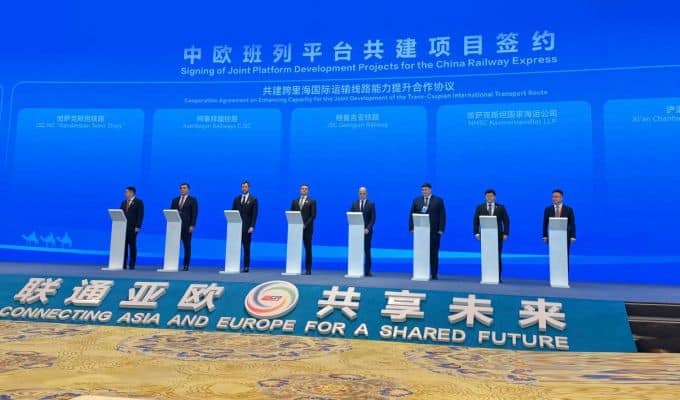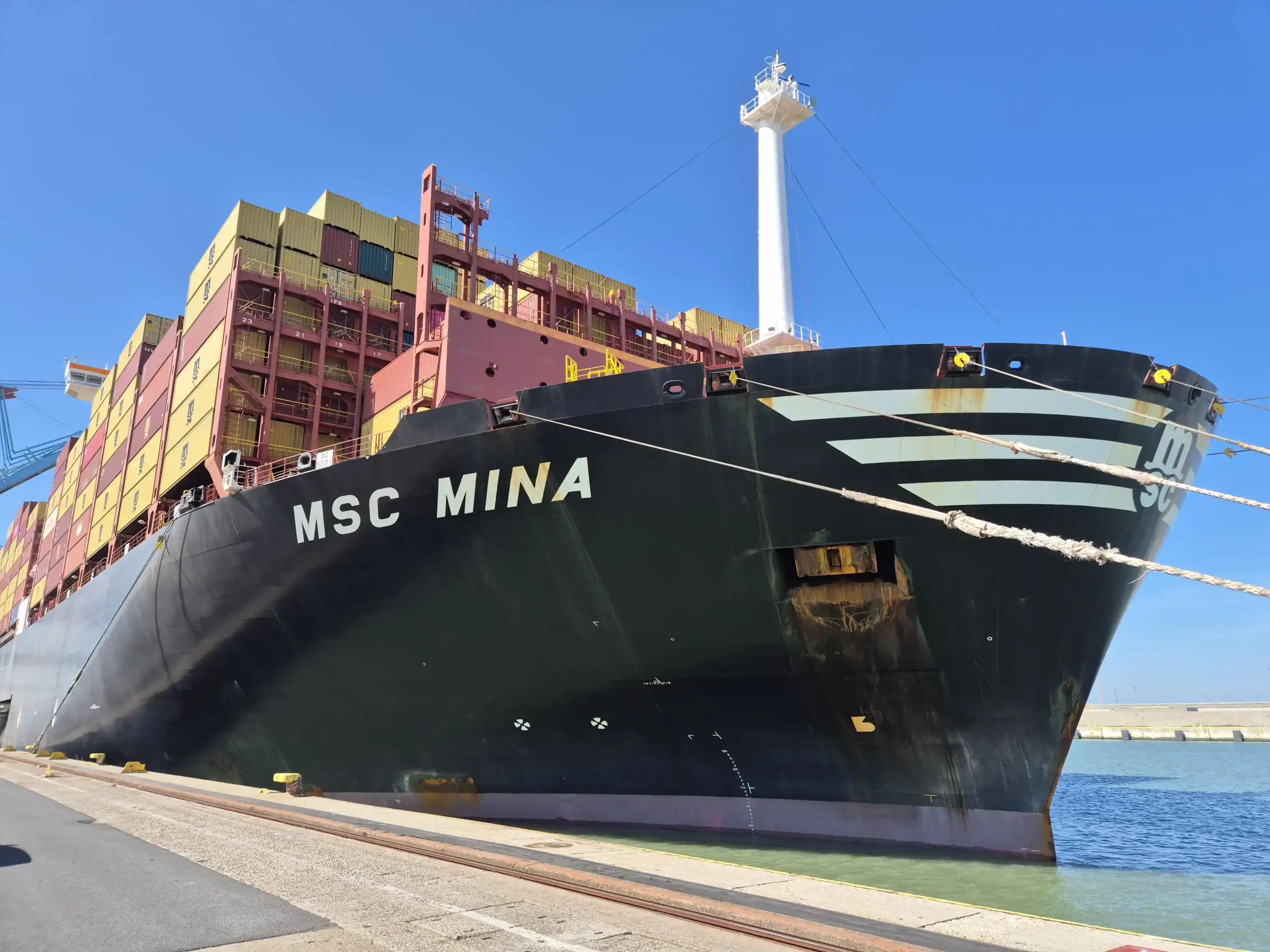At a time when global maritime and rail transport are struggling with growing geopolitical instability, the United States and the People’s Republic of China have announced a groundbreaking agreement to suspend port fees for vessels linked to the other party for one year. This decision is significant not only for shipping but also for the broader field of intermodal logistics, including rail transport, which in recent months has served as an alternative channel for trade between Asia and North America.
The New Agreement: A Year of Calm in the Ports
According to statements from both sides, port fees introduced in 2025 as part of mutual retaliatory measures will be suspended. The mechanism was originally intended to protect domestic interests in the shipping and shipbuilding sectors, but its side effects included disruptions in supply chains and cost pressure on maritime carriers and terminal operators.
Under the new arrangement, from December 1, 2025, to November 30, 2026, no additional port fees will be charged on vessels registered in or linked to the U.S. and China.
This means, among other things:
- stabilization of freight rates,
- improved predictability of delivery schedules,
- and the release of some intermodal cargo previously diverted to alternative routes.
Impact on Rail: Breathing Space for Intermodal Operators
Although the decision formally concerns maritime transport, its effects will also be felt by rail operators in both Eurasia and the Americas.
In recent months, some cargo from China to the U.S. has been transported via combined rail–sea feeder routes through Asian ports such as Busan, Qingdao, and Tianjin. Increased port fees had caused bottlenecks and changes in container flow patterns, which also affected rail terminals in Central Europe, including Poland.
Experts believe that suspending the fees may quickly boost container flows through key intermodal hubs such as Duisburg, Małaszewicze, and Kaliningrad, and improve supply chain fluidity along the New Silk Road.
The Political Dimension of the Agreement
The suspension of fees is part of a broader package of agreements between Washington and Beijing, announced during the Busan summit. In addition to port fee relief, both sides also pledged to:
- resume trade dialogue on electronic component exports,
- launch consultations on supply chain security,
- and work toward common standards for environmentally friendly maritime and rail transport.
Although the agreement is temporary, experts see it as a symbolic gesture of de-escalation in the trade war that has affected global trade flows since 2018.
The Logistics Sector Reacts with Cautious Optimism
Logistics operators and rail carriers have welcomed the announcement with moderate enthusiasm. They note that the one-year suspension does not solve structural problems but offers a “year of breathing space” to reorganize routes and invest in land–sea intermodal connections.
What Comes Next?
The industry hopes that the one-year suspension will mark the beginning of a more lasting agreement between the world’s two largest economies. For the transport sector, the key question is whether, in 2026, the parties will extend the agreement or establish new rules for port fees, certification, and service standards.
Until then, both maritime and rail operators have the opportunity to stabilize their investment plans and return to long-term contracts.
Summary
- The U.S. and China have signed a one-year agreement suspending port fees effective December 2025.
- The decision stabilizes maritime transport and indirectly strengthens the rail sector within intermodal logistics.
- The logistics industry views it as a “year of breathing space” but warns of possible renewed tensions after 2026.
- For Central and Eastern Europe, it presents an opportunity to increase container transit volumes between Asia and the EU.



